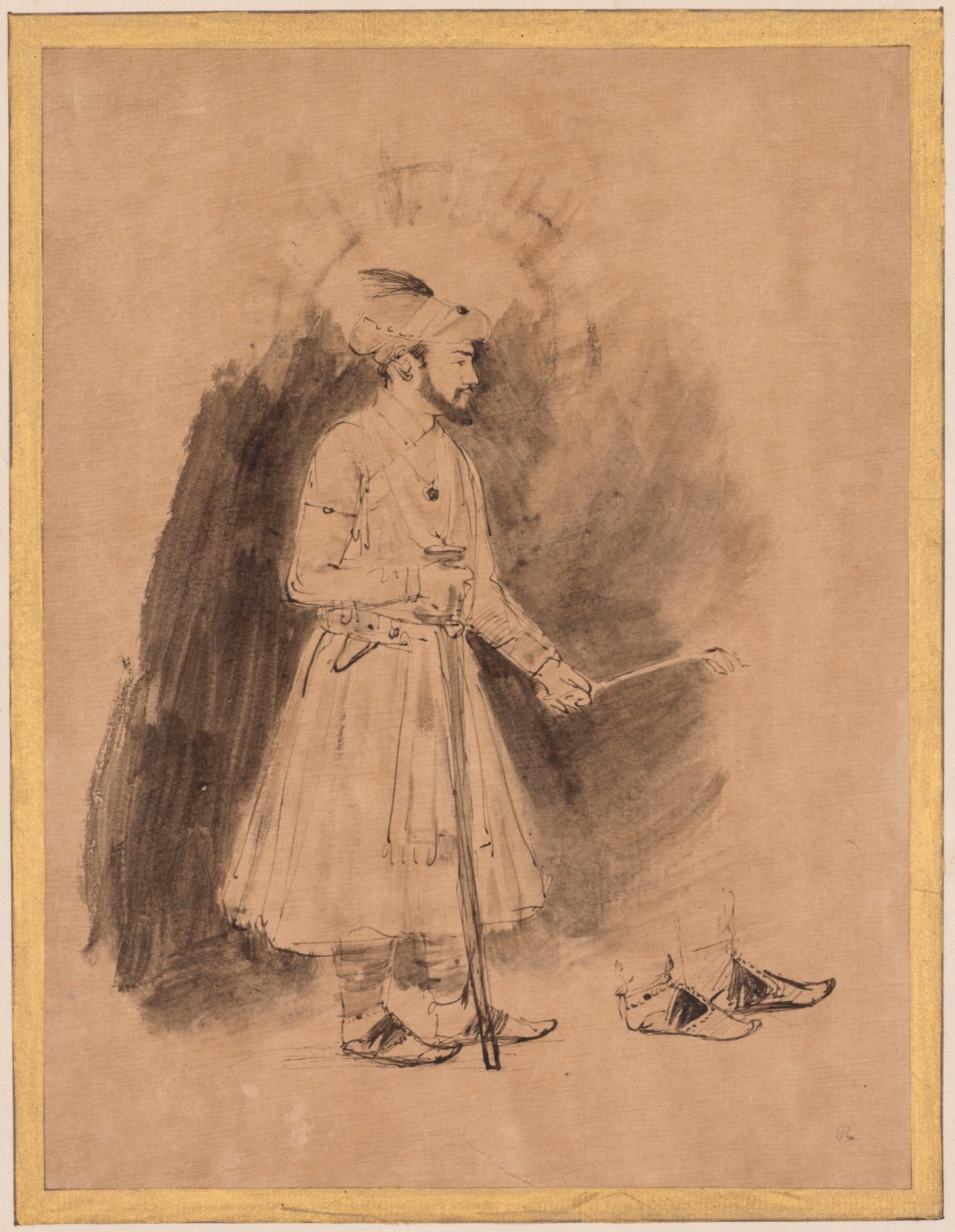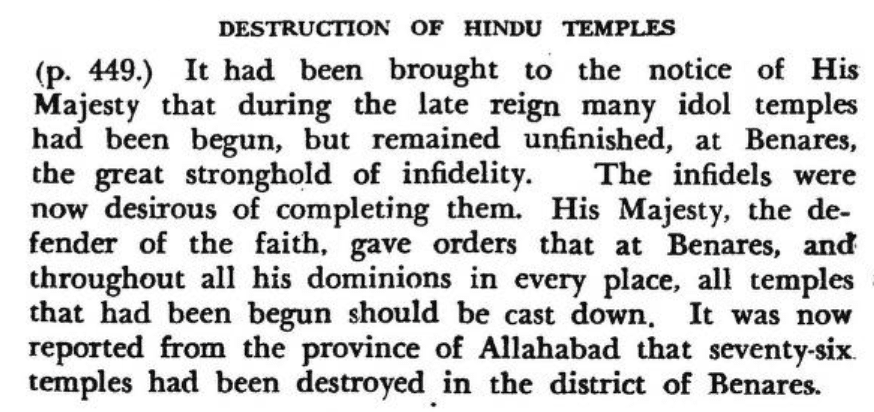Who was Shah Jahan as per his own chronicles?

The history and life of Shahjahan, the Mughal Emperor, has been described in a book called Padshahnama or Badshahnama. The account it provides is very different from what the official history books have told us about Shah Jahan. This is also true of Akbar, which we saw in an earlier article – Should evil ever be commemorated?
Abd al-Hamid Lahori – Shah Jahan’s chronicler
It was a contemporary chronicle commissioned by Mughal Emperor himself and written by his court historian Abd al-Hamid of Lahore. The book includes a lengthy long introduction reviewing the Mughal genealogy from Timur to Shah-Jahan. It focuses on the first 20 years of Shahjahan’s rule from 1628 to 1638.
Abdul Hamid Lahori, as per Muhammad Salih in Amai-i Salih, was known for his style which he adopted fro Abul Fazl, the writer of Akbar nama. Lahori was living in Patna in retirement and was called to do the Padshahnama. The writer died in 1654 AD. His patron in the court was Shahjahan’s minister Allami Sa’dulla Khan.
Padshahnama or Badshahnama, starts off with a Preface by the author, where he dedicates the work to Shahjahan. There he discusses the horoscope of the emperor. This is followed by a review of the account of Mughal ancestors starting with Taimur (or Timur). Then it goes into the events of how he ascended the thrown and a detailed history of the first 20 years of his reign.
It also describes the princes of royal blood and the nobles in the court. These nobles and royals were arranged according to their ranks and hierarchies. All the way from those who were commanding 9000 down to those who had 500 horses. It also documented details of the shaikhs, learned men, physicians and poets in the courts at that time.
This book and the writer were highly regarded by many of those times in Mughal times. Not just Muhammad Salih, who was a contemporary and a rival but younger writer profusely admires the old master. Also, Khafi Khan who wrote Muntakhabu-i-Lubab, used Badshahnama as the basis for his work.
It is indeed a lengthy piece of work written in 1662 pages.
Shah Jahan’s chronicler details the destruction of the Hindu temples
Abdul Hamid Lahori, in his Badshahnama, writes about Shahjahan’s bigotry and his hatred for the Hindus. How he felt that the temples in Benares – were against his god. Lahori suggested that many temples were in different states of construction in Varanasi, or Kashi or Benares. A place that Shahjahan and his ministers considered “a great stronghold of infidelity”.
At least 76 temples were destroyed in the Benares district.

Sadly, the only way to read Badshahnama is now via the works by Henry Miers Elliot.
Events corroborated by European Traveler
But this is not the only account of Shahjahan’s hatred of Hindus for being infidels and their temples. You find the same thing mentioned about the destruction of Hindu temples in Varanasi by Shah Jahan in accounts by another writer – Peter Mundy.
It was December in 1632, Peter Mundy, a contemporary of Shahjahan, wrote about what he saw in Bunaroz (Benares) in the book “The Travels of Peter Mundy in Europe and Asia (1608-1667)“. So he was not just a traveler but an eye-witness of what had happened in Kashi.
He saw a man hanging by his heels. It was because a brave brave Rajput decided to fight back after all the temples (Hindoo Churches) that were built in Benares were ordered to be destroyed.
The young man hid in the bushes, and pounced on the Mughal army, and killed a few of them. He was hunted down and his body was hung upside down from a tree.
Peter Mundy was a contemporary of Shah Jahan as well – like Lahori. Unlike Lahori, he had no brief from the emperor to write things in a certain way. So two accounts show the same set of facts.
Destruction of Sikh Gurudwaras and wars against Guru Hargobind Singh
In that year of 1632, the temples in Benaras or Kashi or Varanasi were not the only ones to be destroyed. Even Sikh Gurudwara and Baolis were destroyed in Lahore.
The trouble with Shah Jahan had started in 1628 for Guru Hargobind Singh. Shah Jahan’s forces, while on their way to a hunt had plundered Guru Hargobind Singh’s property while preparations for his daughter’s marriage was going on.
As the extract says, Shah Jahan tried his best to divide and destroy the Sikh movement by positing Guru Hargobind’s step-brothers against him.
What is clear is that Shah Jahan was not just persecuting the Hindus but also the Sikhs – both by destroying their places of worship and also trying to put a divide in the families against the Gurus.
Shah Jahan – Extreme Sunni beliefs
The Mughals came from Persia and were Shias in their belief system. That did not mean that their bigotry or violence against the Hindus was any less. What it simply meant was that they sometimes entertained Sufi strains and used spiritual mumbo-jumbo to further their conquests and white-wash their violent ways.
There was a major internecine battle going on during Jahangir’s time. His wife Nur Jahan was a powerful figure and she wanted someone who was aligned to her as the king. Shah Jahan, on the other hand, was a very ambitious and terrible person. While Nur Jahan followed the Shia denomination, Shah Jahan was a hard core extremist Sunni. Nur Jahan had Persian roots, but Shah Jahan had no love for the Persian ways of Islam.
Shah Jahan’s attitude and ideologically extreme view of Islam not just made him Nur Jahan’s enemy, but also of the non-Muslims.
Many current commentators in India try to portray Shah Jahan as a liberal and often tolerant person. Well, that is the spin that we have been subjected to of our own history. The man’s own chronicler and his contemporaries paint a picture that is the exact opposite of the portrayal by the liberals.
Featured Image: Shah Jahan, c. 1656-1661. Rembrandt van Rijn (Dutch, 1606-1669)